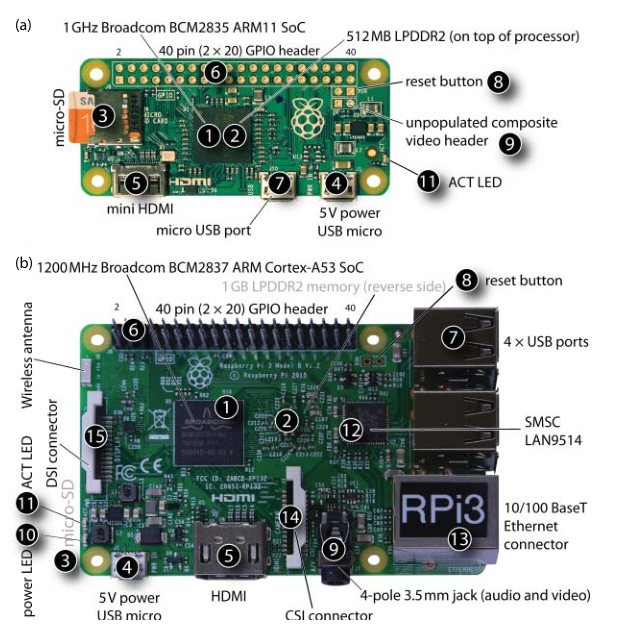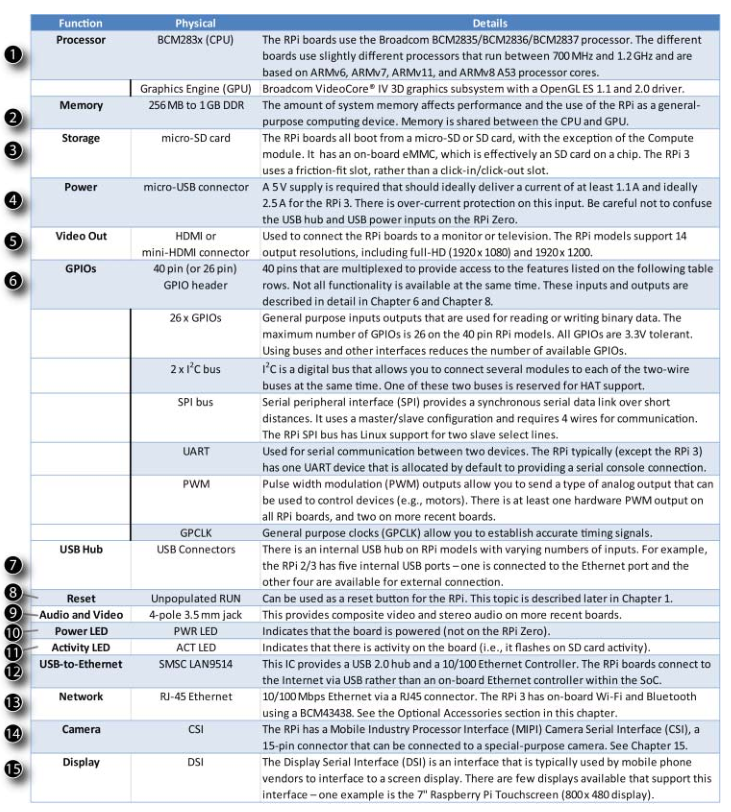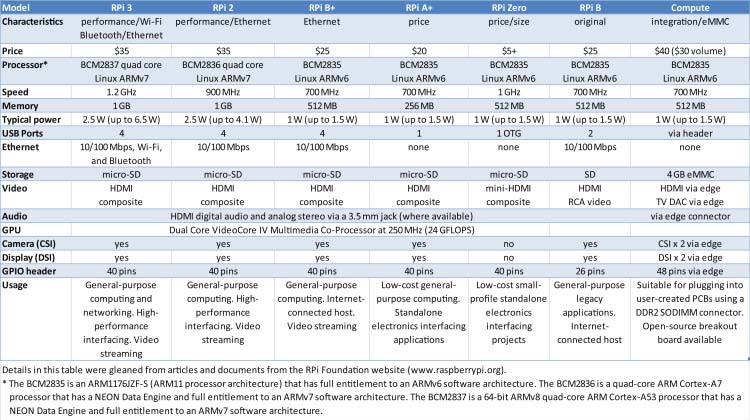Exploring Raspberry Pi: Interfacing to the Real World with Embedded Linux
Exploring Raspberry Pi: Interfacing to the Real World with Embedded Linux Book notes
Last Updated: April 20, 2020 by Pepe Sandoval

Want to show support?
If you find the information in this page useful and want to show your support, you can make a donation
Use PayPal
This will help me create more stuff and fix the existent content...


